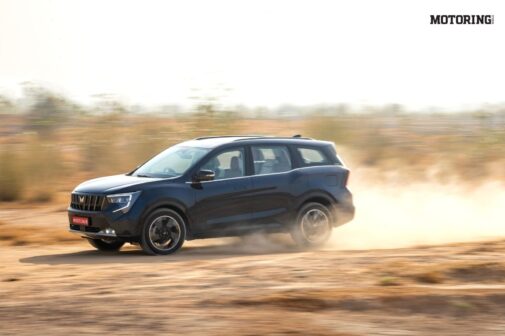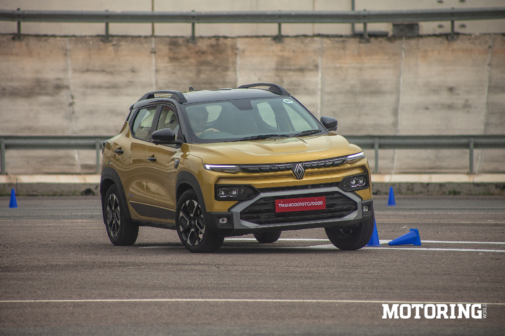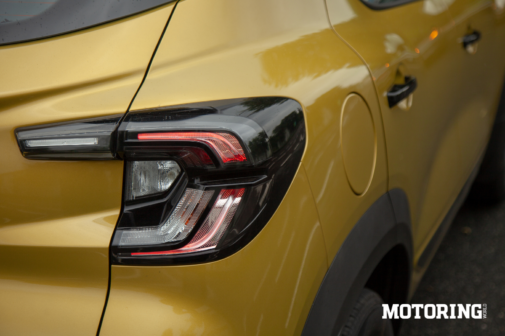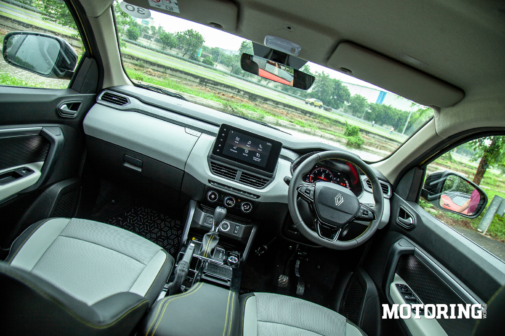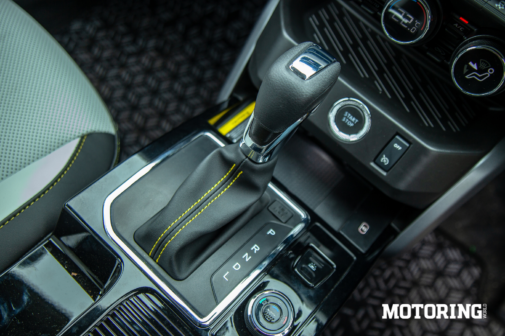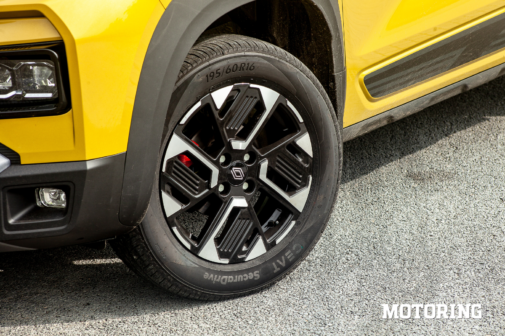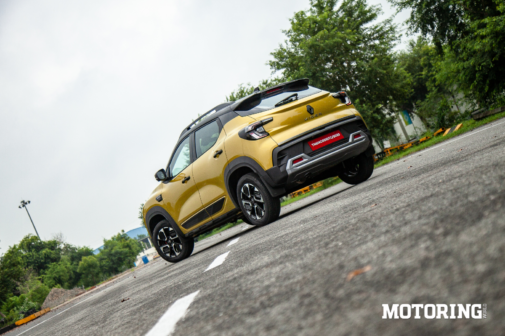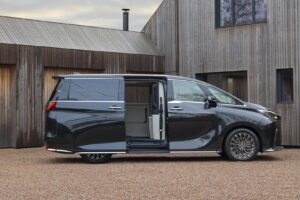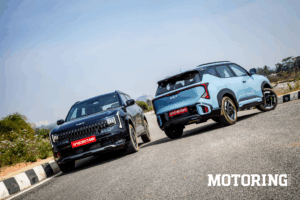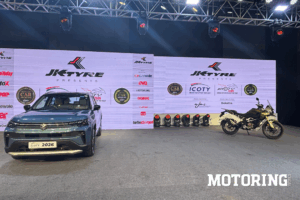Check Renault India’s website today and you’ll find just three cars on sale, the Kwid, the Triber and the Kiger. That’s a surprisingly thin line-up from the brand that once rewrote the rules of the sub-four-metre SUV space with the Duster back in 2012. But since the Duster’s exit in 2022, it’s the Kiger, launched in 2021, that has shouldered the responsibility, carving out its own space in a crowded compact SUV market and, in many ways, keeping Renault India afloat.
Naturally, expectations from the Kiger facelift are high, after all, this is its first proper update in nearly four years. The real question, though, is whether Renault has managed to time it just right, or if these changes arrive a little too late.
Back when Pablo first reviewed the Kiger, he couldn’t stop raving about its design, and I remember having the same reaction when I first saw it. Renault had nailed the stance and proportions, and that’s what gave the car its personality. With this facelift, they’ve wisely resisted the urge to start over. The bumper is new, with a polygonal air intake that sharpens up the face. At the same time, the muscular bonnet bulge remains, giving it a planted, confident look. The tri-projector headlights are familiar but neatly integrated, and the DRLs now stretch into a slim horizontal grille. Around the headlight clusters, Renault has added some small sculpted details to keep things fresh. In profile, little has changed apart from the new 16-inch alloys, and the roof rails continue as before. At the rear, the taillamps are carried over wholesale, which gives the facelift a very front-heavy overall impact.
Inside, the updates are just as restrained. The layout remains identical, still centred around the freestanding 8-inch touchscreen with wireless Android Auto and Apple CarPlay. Renault has tried to freshen things up with a new dual-tone theme, borrowed from the Triber facelift, but the overall vibe feels very familiar. The equipment list has been expanded to include ventilated front seats, leatherette upholstery, a 360-degree camera, and steering-mounted controls, which certainly make it more competitive on paper. The real win, though, is on the safety front, where six airbags are now standard, and that’s a long-overdue step forward.
Renault claims to have improved refinement with thicker carpets and enhanced insulation. At city speeds, those NVH tweaks do help; engine and tyre noise are kept in check. But push harder, and the cabin fills with sound quickly; under strong acceleration or on long highway runs, the three-cylinder thrum and road noise creep in, and over time, it becomes tiring.
Mechanically, nothing has changed. The Kiger is available with two engine options: a 1.0-litre naturally aspirated petrol engine and a 1.0-litre turbocharged petrol engine. We drove the latter with the CVT gearbox, and it remains the pick of the range. The 999cc three-cylinder turbo produces 99 bhp and 15.5 kgm, and once it spools up, it feels eager. True to Renault tradition, the car is light on its feet, which makes it feel quicker than the numbers suggest. Switch to Sport mode and you can even spin up the front wheels if you’re aggressive with the throttle. Eco mode dulls the response and gearbox mapping to chase fuel efficiency, while Normal strikes a decent balance. The engine is vocal throughout, not strained, but far from refined, with the typical three-cylinder vibes most noticeable at idle. The CVT deserves credit, though, as it keeps the motor in the power band and masks turbo lag well enough to make everyday driving smooth.
Where the Kiger really redeems itself is in the way it rides. French manufacturers have always had a knack for suspension tuning, and Renault shows that here. Broken roads, speed breakers, potholes, the Kiger just soaks them up. With 205mm of ground clearance, scraping is never a worry, and low-speed ride quality is excellent. The trade-off comes in the corners: the Kiger isn’t a sharp handler. The steering is light and great in the city, but it doesn’t offer much feedback when you’re pushing harder. This is an SUV that feels happiest at a relaxed eight-tenths pace, where it’s calm, comfortable, and confidence-inspiring. The high-set driving position only adds to that, providing good visibility and a sense of security, which, in many ways, sums up the Kiger’s appeal.
Frankly, I’ve spent plenty of time with the earlier Kiger, and it had managed to wow me back then. Now, with the subtle updates and a very aggressive pricing from ₹6.29 lakh to ₹11.30 lakh, it once again makes a strong case for itself in the compact SUV space. Yes, in essence, this is more of a glorified hatchback than a full-blown SUV, but it does what it’s supposed to, and does it well, at a fraction of the cost compared to its rivals.
In India, where price often dictates purchasing decisions, the Kiger has always spoken volumes. With this facelift, Renault may be slightly late to the party, but the package still packs a punch. It’s practical, loaded with features, offers enough performance and comfort to keep most buyers happy, and crucially, it will likely continue carrying Renault India forward in a market that isn’t getting any easier.
AUTODATA
RENAULT KIGER FACELIFTPOWERTRAIN
Displacement:
Max Power:
Max Torque:
Transmission:
1.0-litre turbocharged
99 bhp @ 5000 rpm
15.5 kgm @ 2200-4400 rpm
Automatic (CVT)
TYRES
F/R: 195/60 R16
DIMENSIONS
L/W/H (mm):
Wheelbase:
Ground Clearance:
Fuel Capacity:
3990/1750/1605 mm
2500 mm
205 mm
40 litres
PRICE
₹6.29 to ₹11.30 lakh (Introductory, ex-showroom)









